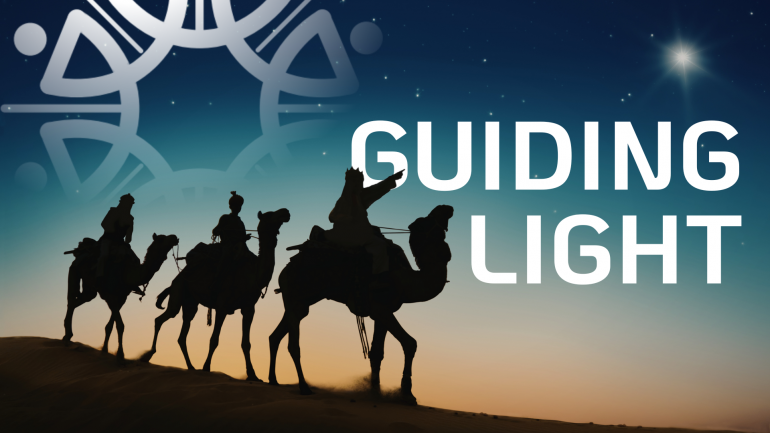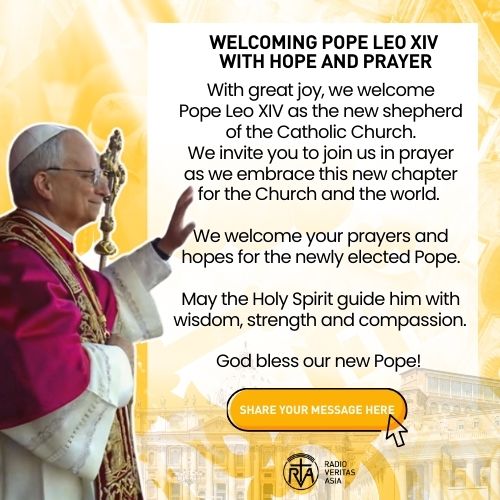Following the Star: The Great Pilgrimage of Hope

As over 1,000 delegates from various countries across Asia gather in Penang for the first major continental assembly of the Church in 20 years — the Great Pilgrimage of Hope (Nov 27–30) — the theme, “Journeying together as peoples of Asia” (“And they went a different way,” Mt 2:12), could not be more fitting for a continent as vast and richly textured as ours.
It recalls the ancient image of the Magi — seekers from the East who trusted a star enough to leave the familiar behind. After their encounter with Christ, they did not return by the same road. They chose another path — a path of transformation.
In many ways, the Church in Asia is doing the same.
Our star is not a poetic flourish. It is a lived reality — a guiding light of faith that shines across landscapes shaped by poverty and prosperity, by ancient religions and emerging movements, by conflict and reconciliation. It is a star revealed in the faces of communities, in the endurance of cultures, and in the cries of those on the margins.
The Magi moved forward by interpreting signs in the heavens. The Church in Asia must interpret the signs of our own times — climate crises, migration, economic inequality, religious pluralism, and technological change. Discerning today’s star requires the courage to let go of old routes and the humility to walk together toward new horizons.
This year’s gathering in Penang continues the journey that began nearly two decades ago at the Asian Congress in Chiang Mai. Penang asks how Asia should “live” the story of Jesus — together, synodally, courageously. The star has moved forward; so must we.
Asia remains a mosaic of cultures, wisdom traditions, and spiritual imaginations. Hindu chants, Buddhist sutras, Taoist cosmologies, Sufi poetry, indigenous rituals — all express humanity’s longing for transcendence. The star of Christ does not demand domination over these traditions, but calls the Church to enter them with reverence. It invites us to listen to God’s voice in multiple languages and to recognise holiness blossoming in unexpected places.
In many Asian nations where Christians are a minority, the Church speaks most powerfully through service, compassion, and quiet witness. It shines brightest not from pulpits but from homes, hospitals, and humble chapels; from rice fields and fishing villages; from the lives of those who serve the poor with tenderness and persistence. This is the dream Pope Francis envisioned: a Church close to the wounded, not a Church obsessed with its own certainties.
And in a region marked by cultural clashes and geopolitical tension, the star calls us toward interfaith harmony and reconciliation. Asia’s streets, temples, shrines, and churches have long been shared spaces of faith. They remind us that coexistence is not merely possible — it is deeply Asian.
As the global Church moves toward the Jubilee Year 2033, commemorating 2000 years of the Resurrection, the star shines even more insistently. It serves as a reminder that the Resurrection is not merely a historical anniversary to be observed, but a living hope to be embodied. It urges us to take the Magi’s example: to return home by a different road.
That “different way” is the way of synodality — walking together rather than walking alone. It is the way of dialogue over dominance; of accompaniment over authority; of service grounded in humility, listening, and mutual trust.
The Great Pilgrimage of Hope is more than an event. It is a declaration that Asia’s Church is still on the move — guided by the same star that drew wise men from the East. And as bishops, priests, religious, and lay leaders now return to their communities, they carry that light with them.
Church in Asia still follows the star. And that star still leads toward Christ — but by new roads, fresh directions, and hopeful possibilities. The invitation before us is simple and profound: to journey together, to discern courageously, and to go a different way for the sake of a continent longing for peace, dialogue, and hope.








